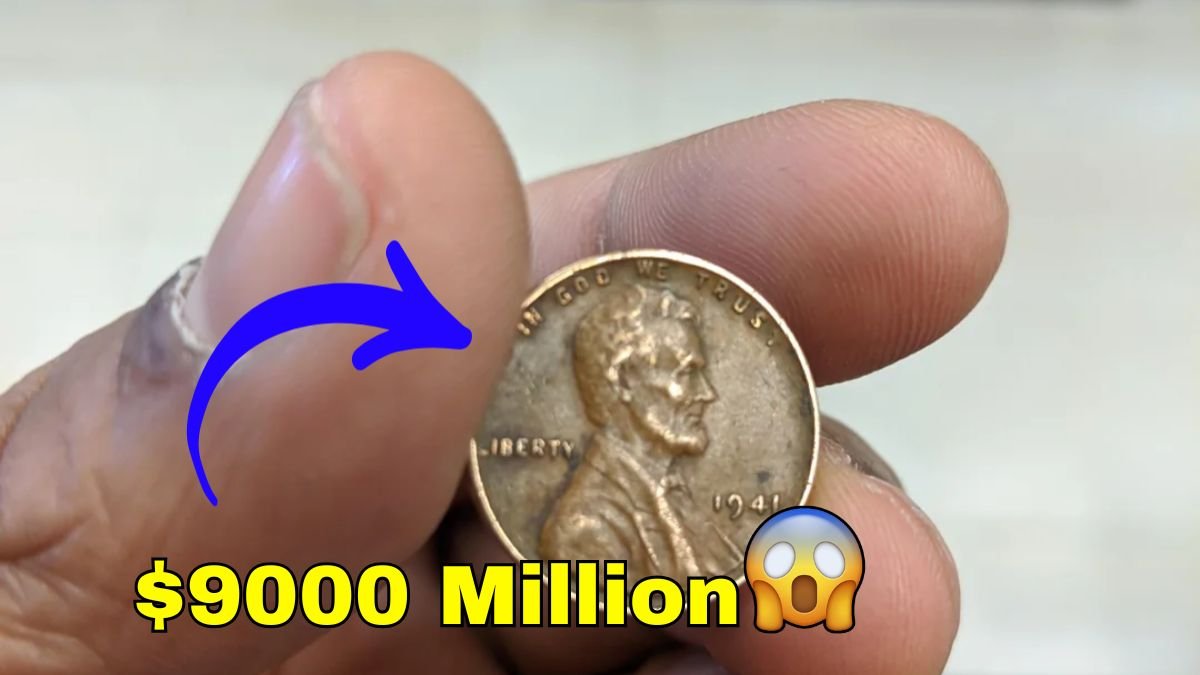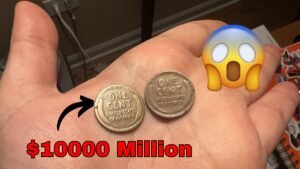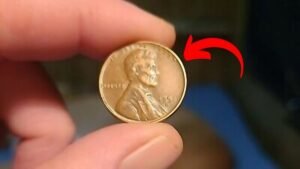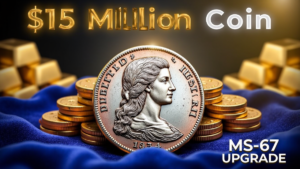The Lincoln Wheat Penny Valued at $9000 Million: Coins from the past have always recorded passion for collectors with some being rare and also valuable. Recently it was rumored that a single Wheat Lincoln Penny could now be worth $9000 million – 9 billion dollars! Is it true? Can one coin be worth so much? The answer lies in the facts. Let’s uncover the mystery.
What is Lincoln Wheat Penny?
The Lincoln Wheat Penny was first minted in 1909, with its circulation ending in 1958. This coin was brought into life by designer Victor D. Brenner and is considered an innovative contribution towards the U. S. currency. This coin became the first to include a real person’s face other than a founding father or Native American woman on the reverse side of the coin: Abraham Lincoln. This coin also has two wheat ears on the reverse. Thus the name “Wheat Penny”.
Though the coins were 95% copper, there were instances in which coins were made of steel at World War II (1943) due to the copper shortage in the U.S. From time to time, errors have spawned a cache of rare coins that are now very eagerly sought-after by collectors.
Is the $9000 Million Lincoln Wheat Penny Real?
The claim that the Lincoln Wheat Penny is worth $9000 million ($9 billion) is completely false. No single coin has ever fetched such a high price. However, some rare Lincoln wheat pennies can be worth thousands to millions of dollars.
Here is the truth behind the $9 billion claim:
- The most expensive Lincoln Wheat Penny ever minted was the 1943 Bronze Penny, which sold for $1.7 million.
- The 1909-S VDB Penny can be worth anywhere from $1,000 to $100,000.
- The 1955 Double Die Penny, a coin with an erroneous design, can be worth anywhere from $1,500 to $50,000.
- So, it is clear that some coins can be worth millions of dollars, but the $9 billion claim is just a rumor.
Actually Valuable Lincoln Wheat Pennies
Although no Lincoln Wheat Penny is worth billions of dollars, some coins are still very valuable. Let’s take a look at those coins:
1. 1943 Bronze Penny
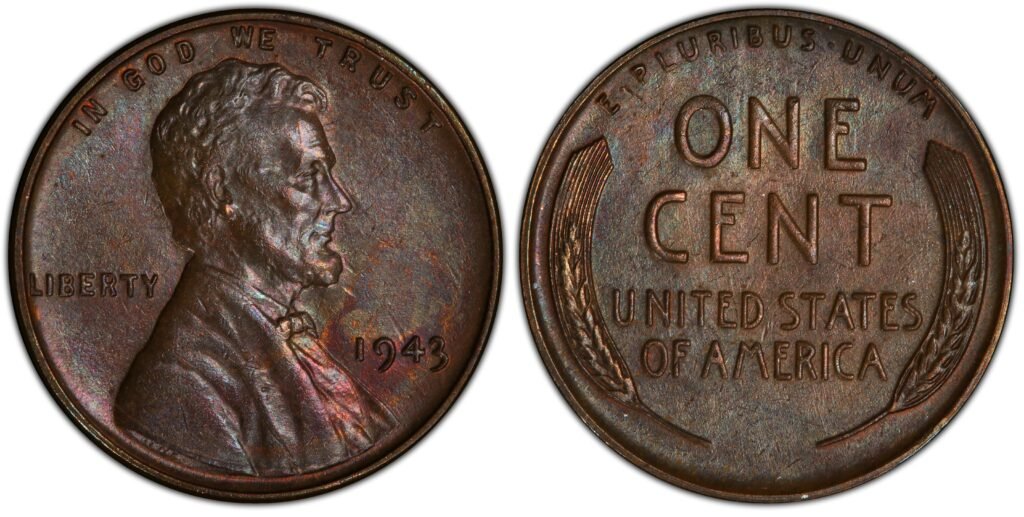
- During the war, almost all coins were made of steel.
- But some bronze coins were accidentally made.
- One of these was auctioned for $1.7 million.
2. 1909-S VDB Penny
- This was the first Lincoln Wheat Penny.
- The “S” stands for San Francisco Mint and “VDB” is the initials of the designer’s name (Victor D. Brenner).
- It can sell for up to $100,000.
3. 1955 Double Die Penny
- This coin had a double-printed design, making it unique.
- It can sell for $1,500 to $50,000.
4. 1914-D Penny
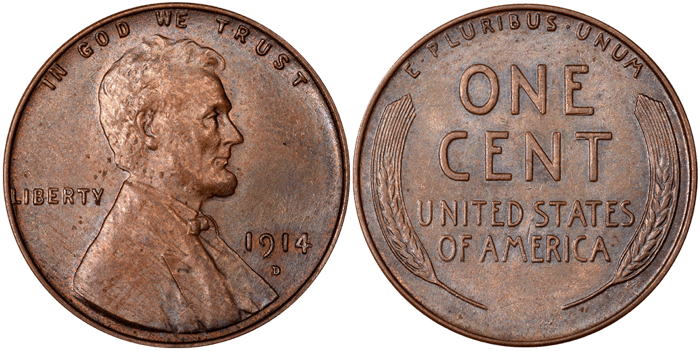
- It was minted at the Denver Mint and is one of the earliest rare coins.
- It can sell for $5,000 to $150,000 in good condition.
Can rare Lincoln Wheat Pennies still be found?
Yes, but it’s very hard to find! Most of these coins have gone to collectors and collectors. Still, sometimes these coins can be found in old coin collections or in old savings.
If you find a Lincoln Wheat Penny, check its year and mint mark. If it is a rare edition, it can sell for millions. You can contact a coin expert or collector to know the exact price.
Conclusion
The $9000 million ($9 billion) Lincoln Wheat Penny is completely a rumor. But, some rare coins can actually be worth thousands to millions of dollars. If you are lucky enough to own a 1943 Bronze Penny or a 1909-S VDB Penny, it could prove to be a historical asset. So, check your coins carefully, who knows, you might have a rare treasure hidden in your pocket!
FAQs On The Lincoln Wheat Penny Valued at $9000 Million
Q. Is a Lincoln Wheat Penny really worth $9 million?
A. No, this is purely a rumor. The most expensive Lincoln Wheat Penny ever sold was the 1943 Bronze Penny, which sold for $1.7 million.
Q. Can rare Lincoln Wheat Pennies still be found?
A. Yes, but it is very difficult. Still, they can be found in old coin collections.
Q. What if I find a rare Lincoln Wheat Penny?
A. You should contact a coin expert or collector to find out the true value of the coin.

